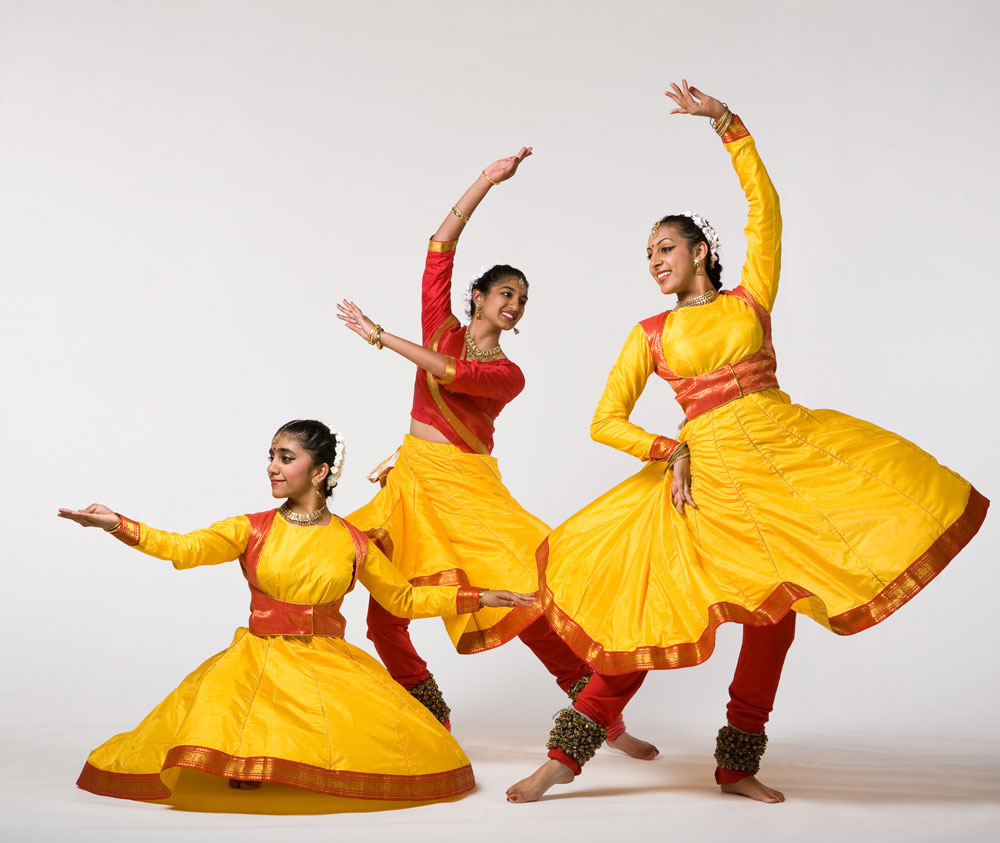The origin of Kathak is traditionally attributed to the traveling bards of ancient north India known as Kathakars or storytellers. Wandering Kathakars communicated stories from the great epics and ancient mythology through dance, songs and music in a manner similar to early Greek theatre. Kathak dancers tell various stories through their hand movements and extensive footwork, but most importantly through their facial expressions.
FOLKLORE
Kathak

0 Comments



